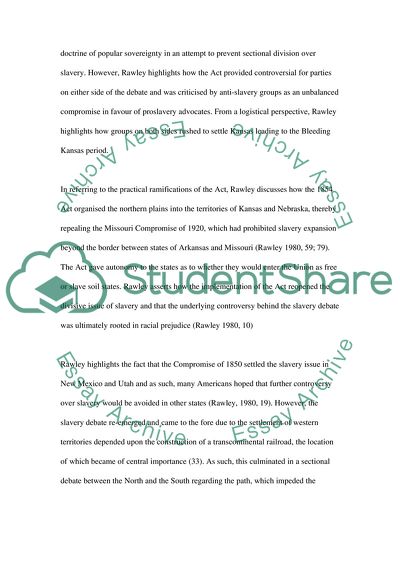Cite this document
(The Civil War Book Report/Review Example | Topics and Well Written Essays - 2000 words, n.d.)
The Civil War Book Report/Review Example | Topics and Well Written Essays - 2000 words. https://studentshare.org/literature/1720171-race-and-politics-bleeding-kansas-and-the-coming-of-the-civil-war
The Civil War Book Report/Review Example | Topics and Well Written Essays - 2000 words. https://studentshare.org/literature/1720171-race-and-politics-bleeding-kansas-and-the-coming-of-the-civil-war
(The Civil War Book Report/Review Example | Topics and Well Written Essays - 2000 Words)
The Civil War Book Report/Review Example | Topics and Well Written Essays - 2000 Words. https://studentshare.org/literature/1720171-race-and-politics-bleeding-kansas-and-the-coming-of-the-civil-war.
The Civil War Book Report/Review Example | Topics and Well Written Essays - 2000 Words. https://studentshare.org/literature/1720171-race-and-politics-bleeding-kansas-and-the-coming-of-the-civil-war.
“The Civil War Book Report/Review Example | Topics and Well Written Essays - 2000 Words”. https://studentshare.org/literature/1720171-race-and-politics-bleeding-kansas-and-the-coming-of-the-civil-war.


